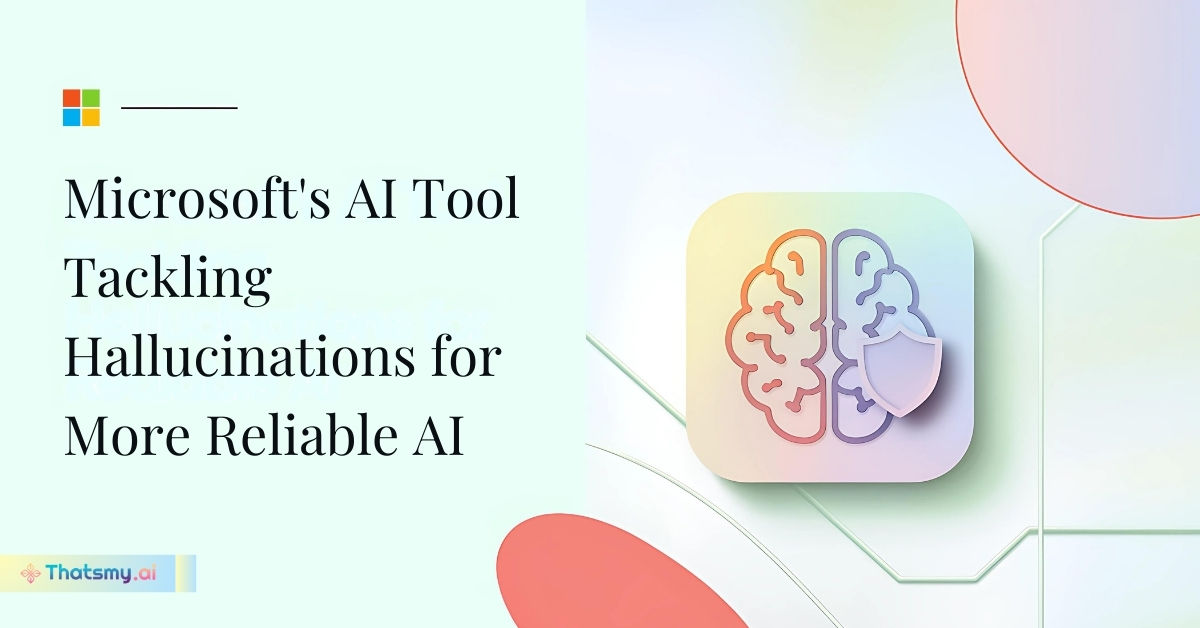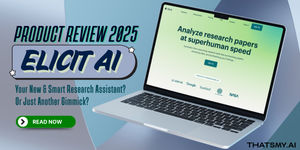Microsoft has introduced a new tool designed to reduce AI hallucinations, which occur when AI generates incorrect or misleading information. This tool works by verifying AI responses in real-time, cross-referencing them with trusted data sources to ensure accuracy. It helps improve the reliability of AI-generated content across various applications, such as customer support, content creation, and healthcare. This development marks a significant step towards making AI more trustworthy and dependable.

Artificial Intelligence (AI) is transforming our world in countless ways, but it isn't without its challenges. One of the biggest issues in AI is "hallucinations," where AI models generate incorrect or misleading information. To address this, Microsoft has introduced a new tool designed to help detect and reduce AI hallucinations, making AI-generated content more accurate and reliable. Let's dive into what this means and how Microsoft's latest tool is improving AI technology.
AI hallucinations occur when an AI model produces information that isn’t factual or relevant. This happens because the AI might "guess" or generate content that seems plausible but is not based on real data. For example, an AI might generate a fake historical fact or provide an incorrect answer to a simple question. This can be problematic, especially when AI is used for critical applications like education, healthcare, or customer service, where accurate information is crucial.
Microsoft's latest tool is designed to reduce these hallucinations and ensure that AI-generated responses are more grounded in reality. This new feature works by constantly checking the output of the AI model against verified sources, making sure that the information it provides is accurate and reliable.
The tool essentially acts as a fact-checker for AI, cross-referencing the generated content with trusted data sources to minimize the chances of hallucinations. This approach helps in providing more factual, consistent, and dependable AI-generated responses.
Real-Time Verification: The tool verifies AI responses in real-time, ensuring that the information is as accurate as possible.
Source Tracking: By comparing generated content with multiple data sources, the tool helps to identify and correct potential inaccuracies.
Improved Reliability: The integration of this tool means that users can trust the AI’s responses more, making it suitable for applications that require high levels of accuracy, like academic research or business analysis.
As AI becomes more integrated into everyday life, from chatbots to virtual assistants, it's essential that the information it provides is accurate. Microsoft’s new tool is a significant step in ensuring that AI-generated content can be trusted. This not only improves user experience but also reduces the risk of misinformation spreading through AI systems.
Customer Support: AI-powered chatbots often assist customers, and it's crucial that their responses are accurate. With Microsoft’s tool, businesses can ensure that their AI provides reliable information, enhancing customer satisfaction.
Content Creation: Writers and journalists who use AI for research or content generation can benefit from more accurate AI outputs, ensuring their work is based on verified facts.
Healthcare: In fields like healthcare, where precision is vital, this tool can help ensure that AI-generated suggestions or diagnoses are accurate and based on real data.
While some AI models have built-in mechanisms to reduce hallucinations, Microsoft’s tool takes it a step further by providing real-time verification. This makes it more robust compared to other AI systems, which might still produce hallucinated content without correction. It sets a new standard for how AI can be used in sensitive applications where accuracy is non-negotiable.
With Microsoft's tool addressing the issue of AI hallucinations, we're moving towards a future where AI can be more widely trusted. This is a big step forward in making AI a reliable partner in various fields, from education to business and beyond. It also opens the door for more advanced AI applications, as users can feel more confident in the information provided by these systems.
Sign up to gain AI-driven insights and tools that set you apart from the crowd. Become the leader you’re meant to be.
Start My AI Journey
ThatsMyAI
20 March 2025

ThatsMyAI
7 March 2025